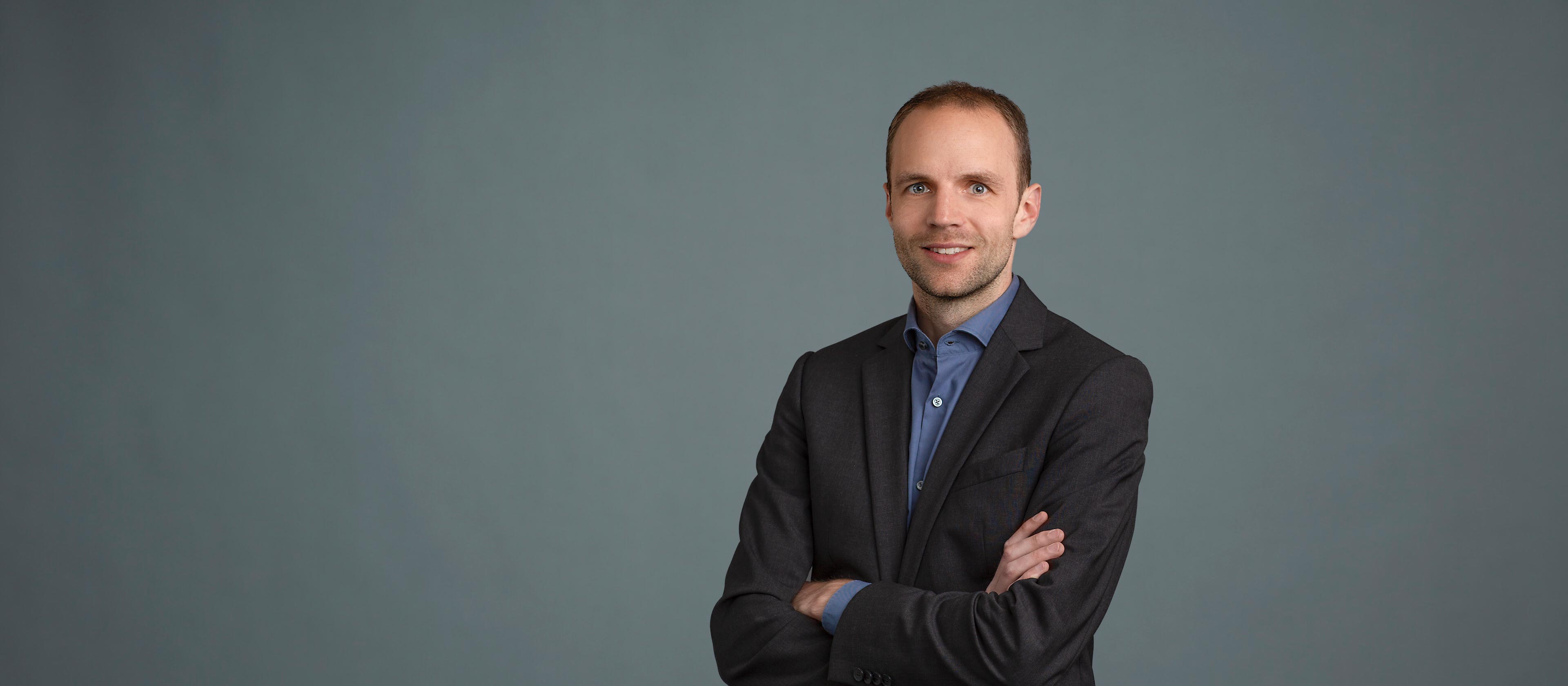Main content

Associate Professor, Department of Radiology
In line with my career trajectory from pure physics to radiology, my team and I study the physics of magnetic resonance imaging (MRI) with the goal of translating advancements in physics into improvements in MRI technology—particularly for quantitative MRI. We tailor biophysical models and MRI data acquisition strategies to one another and the diagnostic question at hand.
My research aims at the physical mechanisms behind MRI's contrast between tissue types and pathologies. Accordingly, my team and I study contrast mechanisms within clinical imaging protocols rather than controlled laboratory settings, which informs the biophysical models we develop. Due to the complexity of spin physics in biological tissue, we rely on effective models to approximate the MRI signal, where the imaging conditions shape the model simplifications. This interdependence is the centerpiece of my research: we adapt MRI methods and biophysical models to each other, enhancing MRI’s sensitivity, specificity, and reproducibility—critical improvements for large-scale studies and artificial intelligence.
Our main focus is neuroimaging, but we also work on imaging organs beyond the brain. With collaborators, we translate our biophysical models and quantitative MRI methods to imaging multiple sclerosis, Alzheimer’s disease and related dementia, mild traumatic brain injury, schizophrenia, stroke, prenatal maternal brain plasticity, and osteoarthritis.
212-263-0013
227 E 30th St
7th Floor, Room 731
New York, NY 10016
Associate Professor, Department of Radiology at NYU Grossman School of Medicine
PhD from Albert Ludwig University of Freiburg
IEEE transactions on biomedical engineering. 2025 Jan; 72(1):217-226
Magnetic resonance in medicine. 2025 Jan; 93(1):51-66
Magnetic resonance in medicine. 2024 Oct; 92(4):1638-1648
[Zhong ji yi kan] = [Medicine for intermediate groups]. 2024 Jul 07;
arXiv. 2024 Apr 01;